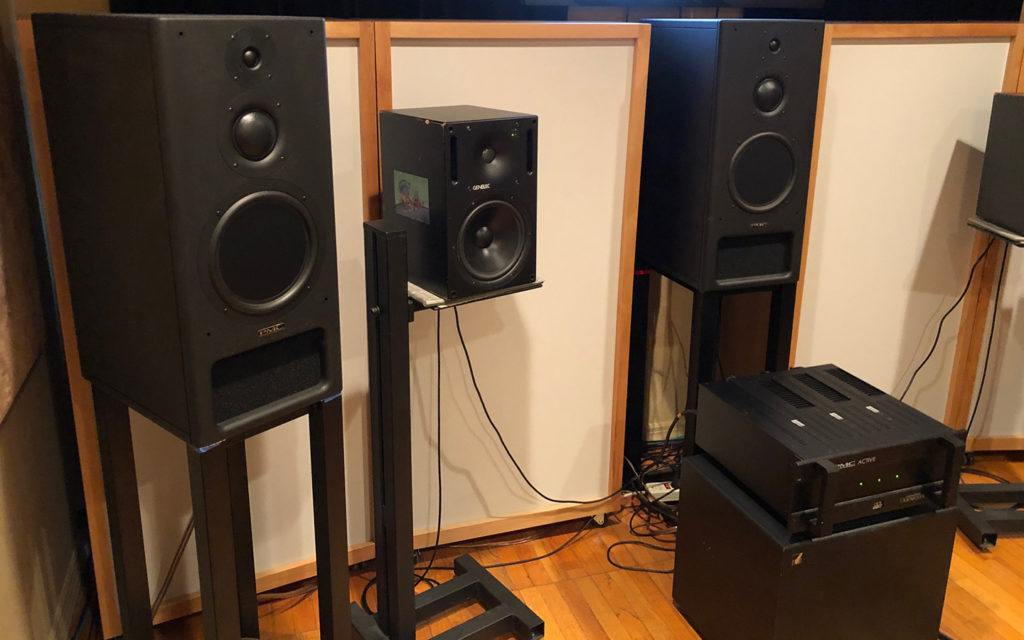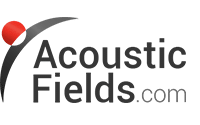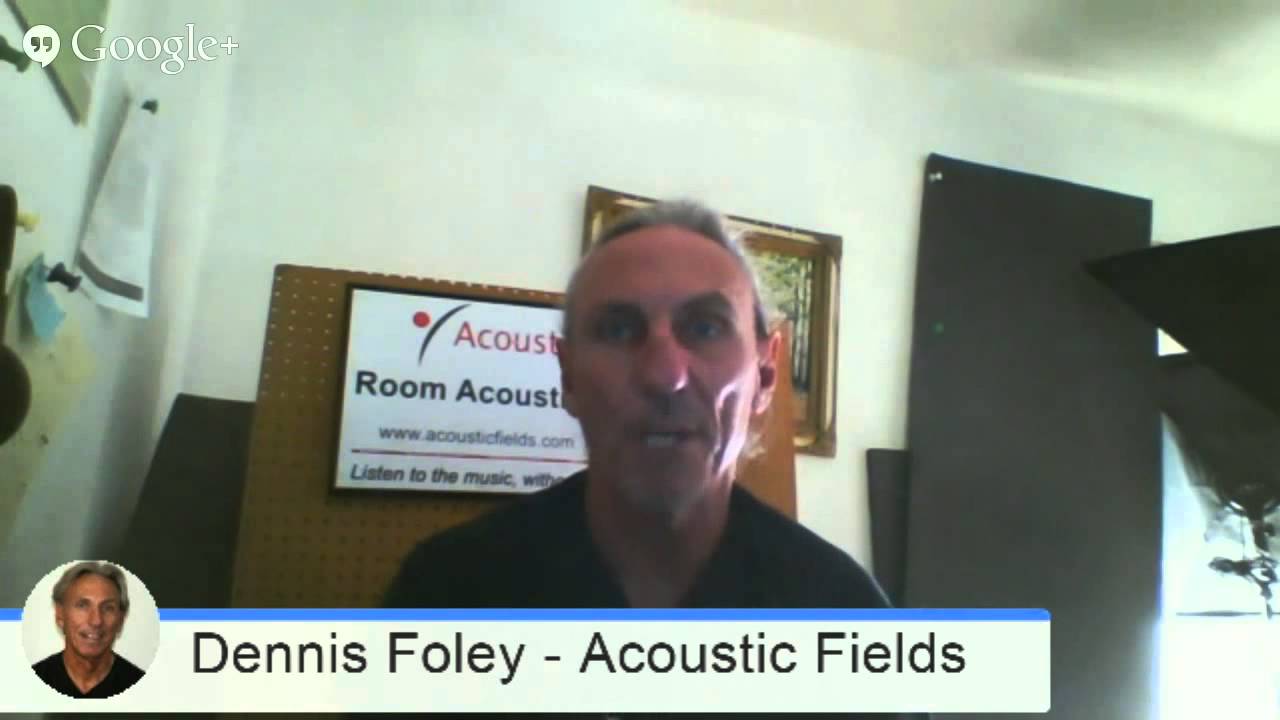What do you place behind the speakers? There have been many changes to acoustical surface area treatments TAP Type, Amount, Position since this blog was published. We have updated the blog on October 25th, 2019 to reflect these changes.
In last week’s hangout, I was asked: “Should you use absorption behind the speakers and diffusion on the rear wall?” Well, it’s a good beginning. The area between the speakers and the front wall is the highest pressure area in the room. That’s the area where you have the most low-frequency problems. So putting sound absorption technology between the speakers and the front wall is a great idea.
It should be broadband absorption that covers a wide range of frequencies. This area is very critical for low-frequency absorption. Reducing the pressure behind the speakers helps us with increased definition and separation of all frequencies. Front wall frequency issues usually start at 30 Hz. and go through 300 Hz. You must use the proper type, amount, and position of the technology.

However, you must use technology that works-off of pressure and not air movement. Low-frequency waves are 30 – 40′ long. They are pressure waves. The move like ocean waves. They produce unwanted sound pressure areas within our room. You have to treat with a device that is activated by pressure. Foam for middle and high frequencies is different.
Acoustic Fields Foam: https://acousticfields.com/product/acoustic-foam/
For example, foam works-off of air movement. The airflow strikes the foam goes through the foam and as it goes through the foam it creates friction. The air moving through the foam creates friction. The friction then is created and you have an energy transformation or an energy change. We don’t destroy or create energy, we just change its form and that’s how we get absorption.
Low-frequency absorption on the front wall is great, especially behind the speakers, but it must be the kind of technology that deals with pressure. What are the three main types? Helmholtz, diaphragmatic and membrane. Those are our only three that we can use.
We specialize in diaphragmatic and we do that for many reasons:
1. It’s the best-performing,
2. Relatively easy to build and understand,
3. It has mass, most powerful per square foot. You can control the frequency response of the cabinet design.
So for all those reasons we need to deal with pressure-activated device.
Acoustic Fields Quadratic Diffusers: https://acousticfields.com/product-category/sound-diffusion/qd-series/
Now diffusion on the rear wall is a good idea. In control rooms and listening rooms, we have diffusion here on our rear and front rooms. In a mixing or mastering room I want you to use Prime-13 or higher, stay away from the 7 and 11 and I’ll do a video on that someday why you should always try for the prime 13. Always work with 13 and higher and covering the whole rear wall is usually prescribed.
You need space for a QD 13?
A Prime-13 is 12″ deep and weighs 105 pounds. That’s just the 4-footer. You’ve got to have space, you’ve got to have the 12 inches to give up on the rear wall surface in a control room or the front and rear walls of a listening room. The Prime-11 is 9″ deep. The Prime-13 performs 35% better in just a few more inches of space. To me a device that performs a third better than something I’m considering that’s only just a few more inches, well worth it and with our build plans it’s not any more expensive. Sure more material but material is not that expensive, it’s the labor that’s expensive.
In Summary
if you want to learn more about this subject please sign up for our free room acoustic treatment videos and ebook which provide step by step instructions. Get instant access by signing up now. And if you would like your room acoustic issues analysed for free by me then please fill in the form https://acousticfields.com/free-room-analysis/ and I will be happy to take a look for you.
Thanks and speak soon
Dennis









The discussion on ductwork noise transmission from Acoustic Fields highlights crucial aspects of HVAC system acoustics. The movement of air…
Great build plans. thank you Denis
You must use absorption. Never place a chair against a wall.
A friend and I built several diffusors using these plans and they turned out absolutely beautiful. Very good instructions and…